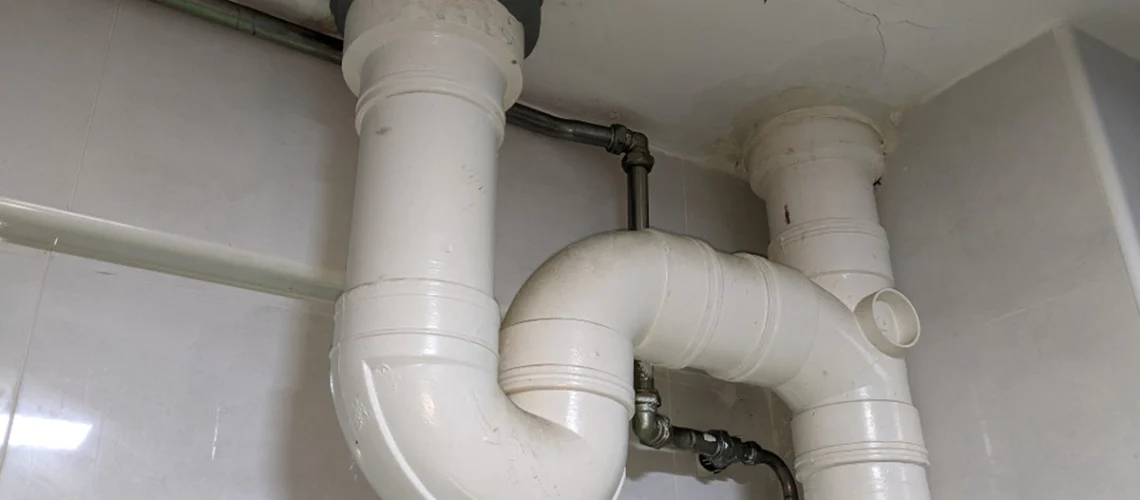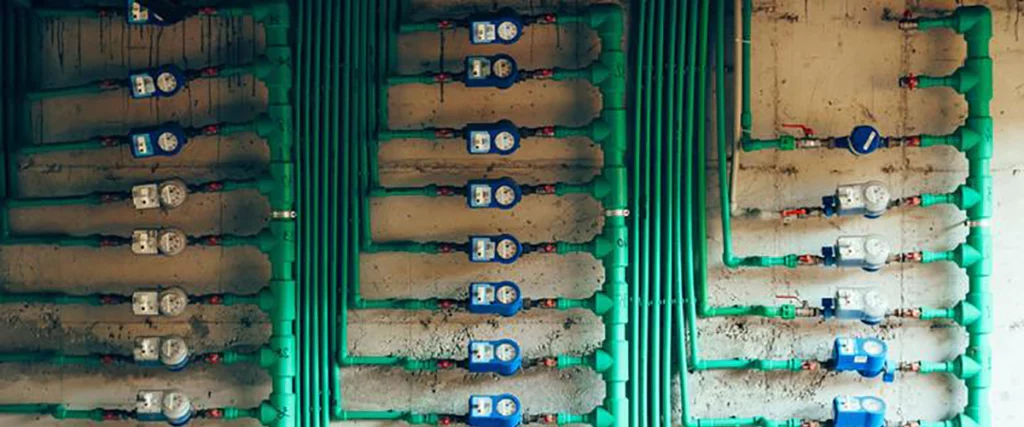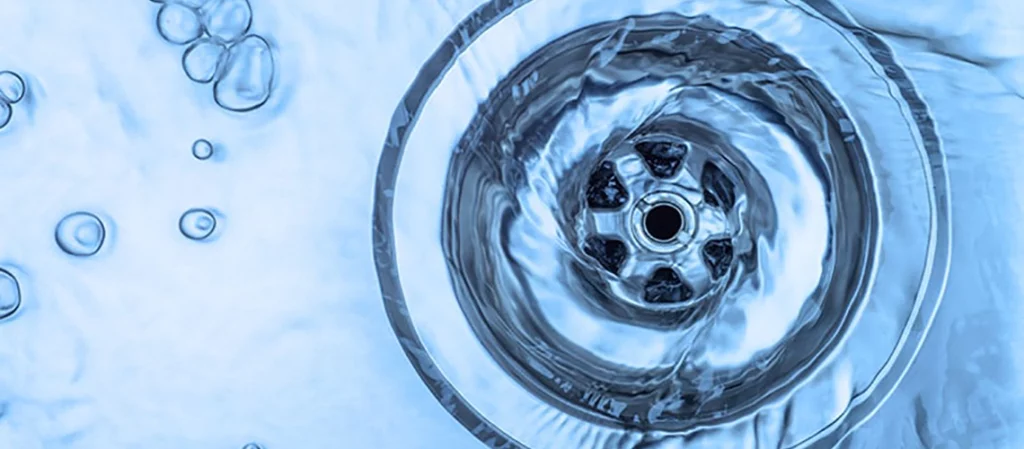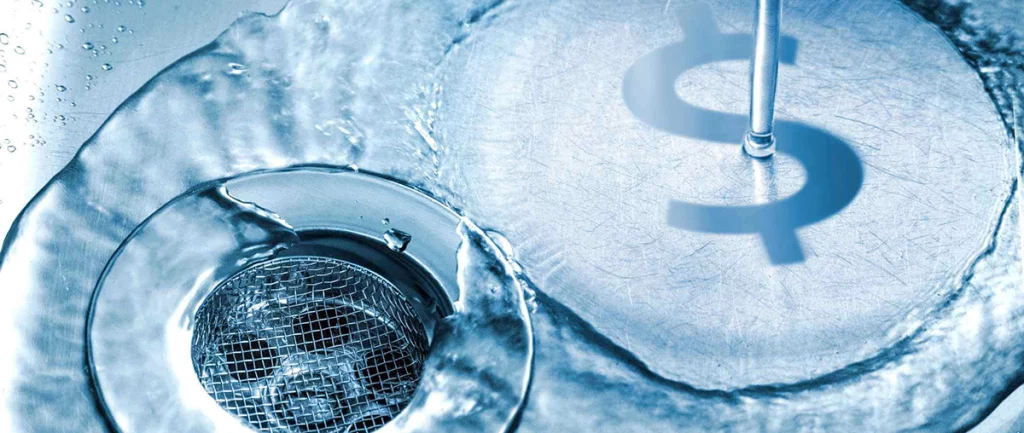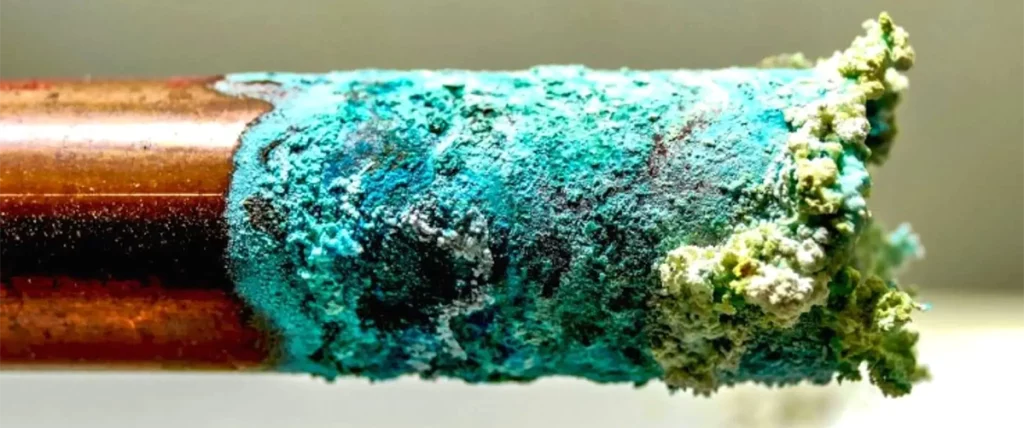When it comes to household plumbing, you might hear the term “trap” and wonder, what is a trap in plumbing? A trap in plumbing is a simple but essential part of your home’s drainage system, helping to prevent harmful gasses and odors from entering your living space. Let’s dive into what these traps do and why they are so important.
Contents
- 1 What Is a Plumbing Trap?
- 2 The Purpose of a Plumbing Trap
- 3 Types of Traps in Plumbing
- 4 Specialty Traps in Drainage Systems
- 5 What is a House Trap?
- 6 Common Trap Types in Plumbing and Their Uses
- 7 Where Are Plumbing Traps Used in the Home?
- 8 Why Do Traps Need to Be Maintained?
- 9 How to Maintain Your Plumbing Traps
- 10 Conclusion
What Is a Plumbing Trap?
A plumbing trap is a curved section of pipe that sits beneath sinks, toilets, and other drainage fixtures. Its purpose is to hold a small amount of water, which forms a seal that blocks sewer gasses from coming up through your drains. Without this water barrier, you’d be left with unpleasant odors in your home.
The Purpose of a Plumbing Trap
The purpose of a plumbing trap is twofold:
- Blocking Sewer Gasses: By maintaining a water seal, traps block noxious gasses from traveling back into your home.
- Trapping Debris: While the main job is to block gasses, traps also catch debris like hair, preventing clogs further down the plumbing system.
Types of Traps in Plumbing
There are several types of traps in plumbing, each designed for specific applications. These traps can vary in shape and use, but all serve the same basic function—protecting your home from sewer gasses.
1. P-Trap
The P-trap is the most common house plumbing trap. Its U-shaped design holds water and is installed beneath sinks in both bathrooms and kitchens.

2. S-Trap
The S-trap is similar to the P-trap but has an extra bend. While still used in older homes, the S-trap has largely been replaced by P-traps in modern plumbing.
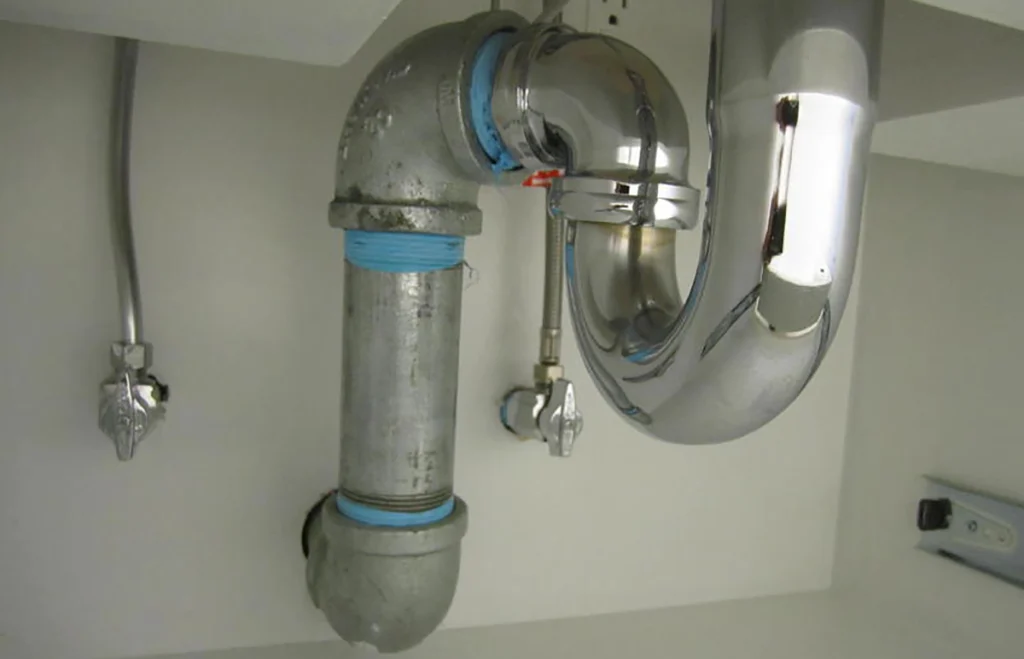
3. Bottle Trap
A bottle trap is more compact and cylindrical in shape, commonly used in tighter spaces. It’s often installed under washbasins where space is limited.
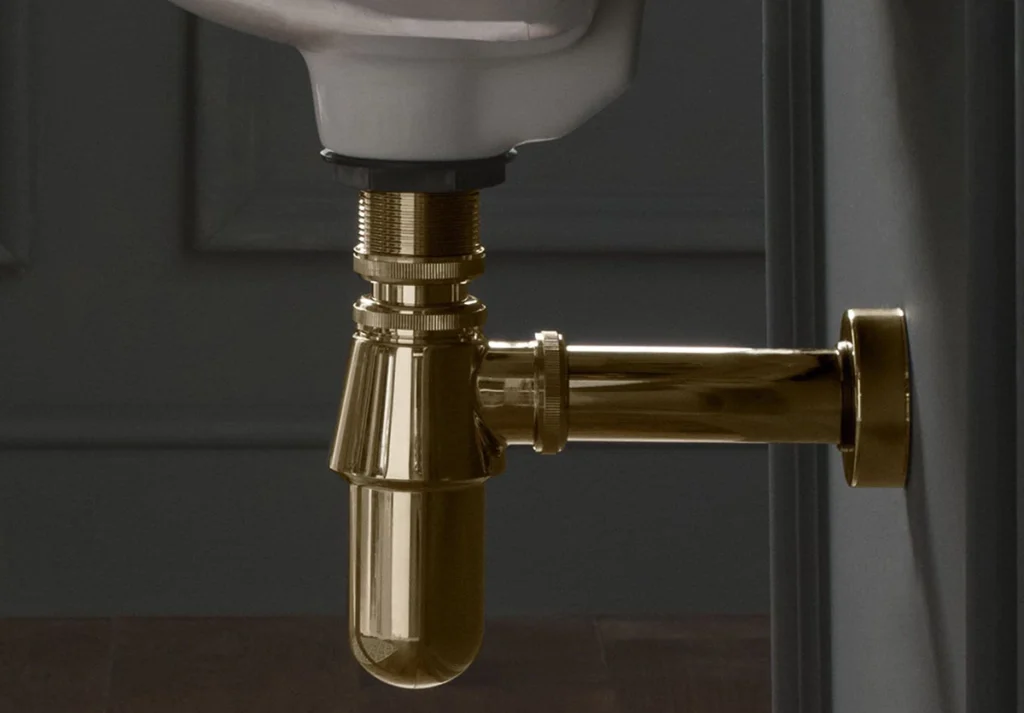
Specialty Traps in Drainage Systems
In addition to standard P-traps and bottle traps, several specialty plumbing trap types are used in commercial and industrial settings. These types of traps in drainage systems are designed for more demanding applications where basic household traps aren’t sufficient.
Drum Trap
This trap has a large cylindrical body and is typically found in older homes, especially beneath bathtubs or showers. It holds more water than a P-trap and can trap debris effectively, but it’s difficult to clean and often replaced during renovations.
Grease Trap
Installed in commercial kitchens, this box-like trap separates fats, oils, and grease (FOG) from wastewater before it reaches the sewer line. It’s essential for preventing grease blockages and meeting local wastewater codes.
Interceptor Trap
Used in car washes, garages, and industrial facilities, this trap captures oil, sand, or chemical contaminants before water enters the public sewer system. It protects the environment and infrastructure from hazardous waste.
Bell Trap
This basic trap is used in outdoor or garage floor drains. It includes a shallow water seal and a bell-shaped cover. While simple in design, it offers minimal odor protection and is often not code-compliant in modern plumbing.
These types of plumbing traps serve specific functions that go beyond what standard household traps can handle. Choosing the right one depends on the location, usage, and local plumbing regulations.
What is a House Trap?
A house trap is a large trap located at the main sewer line entry point to your home. The plumbing house trap works similarly to the smaller P-traps in sinks but operates on a much larger scale, protecting your entire home from sewer gasses.
Common Trap Types in Plumbing and Their Uses
Understanding the trap types in plumbing is essential when diagnosing plumbing issues or upgrading your system. Here’s a quick overview of the main trap types and their specific applications.
- P-Trap: Best for sinks in kitchens and bathrooms.
- S-Trap: Found in older homes, often in floor drains.
- Bottle Trap: Ideal for tight spaces under washbasins.
Each of these traps ensures the smooth operation of your plumbing system and provides a critical line of defense against sewer gasses.
Where Are Plumbing Traps Used in the Home?
Plumbing traps are essential wherever wastewater exits a fixture. They serve as a barrier between your home and the sewer system, helping to prevent bad smells and harmful gases from entering your living space. Let’s look at the most common locations where different types of plumbing traps are used throughout the house.
1. Kitchen Sink
- Trap Type: P-trap
- Purpose: Captures grease, food particles, and debris
- Why It Matters: Prevents buildup from reaching the main drain line while blocking sewer gas.
2. Bathroom Sink
- Trap Type: P-trap or bottle trap
- Purpose: Traps hair and soap residue
- Why It Matters: Maintains hygiene and minimizes odors in small bathroom spaces.
3. Bathtub and Shower
- Trap Type: Integral trap (built into the drain system)
- Purpose: Holds water to block gas from coming up through the floor
- Why It Matters: Vital for keeping floor drains sanitary and odor-free.
4. Toilets
- Trap Type: Siphon trap (built into the toilet itself)
- Purpose: Creates a water seal after each flush
- Why It Matters: One of the most effective and frequently used plumbing trap types in the home.
5. Washing Machine
- Trap Type: Standpipe with a P-trap
- Purpose: Catches lint and debris from laundry waste
- Why It Matters: Prevents drain backups and foul smells in laundry areas.
6. Floor Drains (Basement or Garage)
- Trap Type: S-trap or drum trap
- Purpose: Prevents sewer gas from rising through unused or infrequently drained openings
- Why It Matters: Critical in utility areas prone to moisture and runoff.
Each area of your home may require a different trap depending on space, plumbing layout, and local code. Understanding where and why traps are used helps you identify potential issues early and maintain a healthy drainage system.
Why Do Traps Need to Be Maintained?
While plumbing traps are designed to be low-maintenance, they can run into issues if not properly cared for. Over time, debris like food particles, hair, or grease can build up in traps, leading to slow drainage or clogs. Additionally, if a trap goes unused for too long, the water can evaporate, breaking the seal and allowing sewer gasses to enter your home.
How to Maintain Your Plumbing Traps
Here are a few tips to keep your plumbing traps functioning properly:
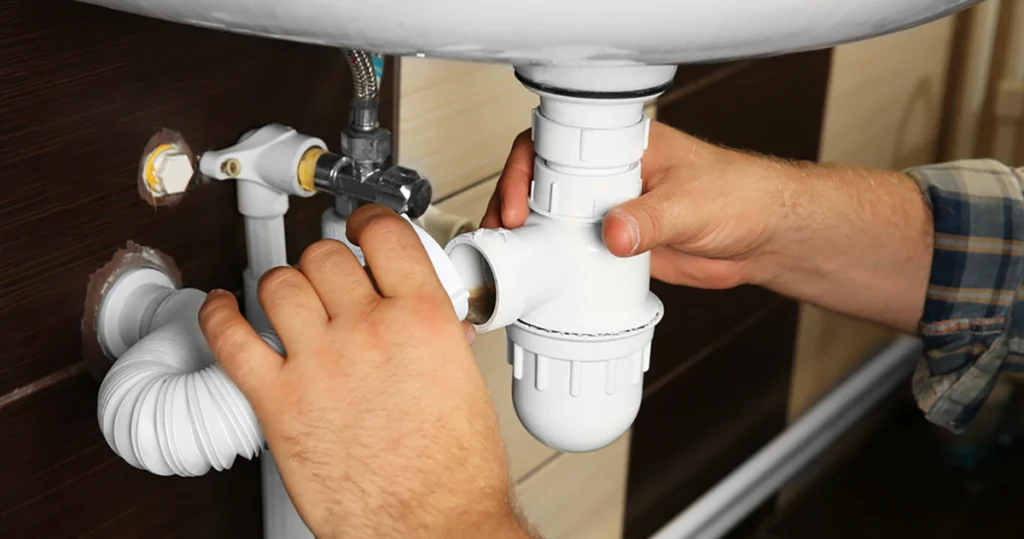
- Run water regularly to keep the water seal intact.
- Clean your traps by using drain cleaners or removing debris manually.
- Inspect for leaks to ensure your traps are holding water effectively.
Conclusion
In short, plumbing traps are essential components of any home’s drainage system. They prevent dangerous gasses from entering your living space and help keep your plumbing running smoothly. Now that you understand what a trap in plumbing is and how it works, you can take steps to ensure your traps remain effective and well-maintained.
FAQ
A trap in plumbing is a curved pipe beneath sinks, toilets, and other drainage fixtures that holds water to block sewer gasses from entering your home.
The purpose of a plumbing trap is to create a water seal that prevents harmful sewer gasses from traveling back into your home through the drain.
Common types include P-traps, S-traps, and bottle traps. Each has a unique shape and is used in specific plumbing applications, such as under sinks or in tight spaces.
You can maintain a plumbing trap by regularly running water to keep the seal intact, cleaning out debris to avoid clogs, and inspecting for leaks to ensure it’s functioning properly.
If a plumbing trap dries out, the water seal is lost, allowing sewer gasses to enter your home, which can cause unpleasant odors and potential health risks.
Plumbing traps are required by building codes to ensure that every fixture connected to the drainage system has a water seal to prevent the backflow of sewer gasses into your home.



